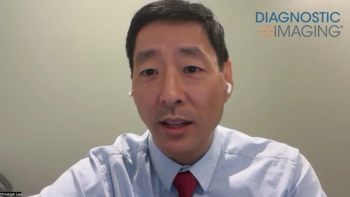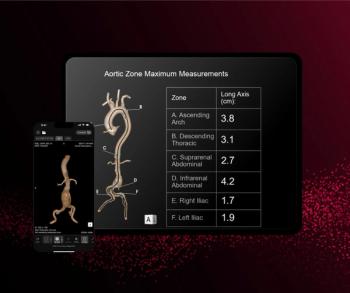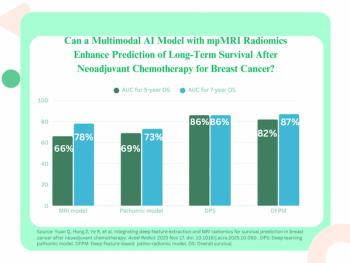
ADAC’s Lowe moves to investing after reviving company’s fortunes
Executive drove ADAC’s quality improvementThe last 10 years have been busy ones for David Lowe. The imaging executive helped his company, ADAC Laboratories, grow from third place and a 12% share of the U.S. nuclear medicine industry to
Executive drove ADACs quality improvement
The last 10 years have been busy ones for David Lowe. The imaging executive helped his company, ADAC Laboratories, grow from third place and a 12% share of the U.S. nuclear medicine industry to control half the U.S. market for gamma cameras, triumphing over larger rivals like GE and Siemens.
Now, Lowe is ready for new challenges. ADAC reported late last month-on Lowe's last working day before turning the ripe old age of 38-that he has shifted his executive focus to a new position as vice chairman of Friedman & Fleischer, a San Francisco-based private investment firm. Lowe will continue as chairman of the board for Milpitas, CA-based ADAC, providing strategic direction to CEO Andrew Eckert, he told SCAN.
"I am devoting substantially all of my activities to Friedman & Fleischer and will remain with ADAC as a non-executive chairman," Lowe said. "I will be very active as a board member and in helping Andy develop his strategy and operating plans, but I will not be involved in the operations of the company any longer."
Lowe started at ADAC ten years ago as general manager of the vendor's information systems business. In 1990, he shifted to general manager of nuclear medicine, continuing to guide ADAC's core business as he rose to be president and COO and eventually chairman and CEO. Last August, he passed on his CEO title to Eckert, ADAC president, but continued to work as full-time chairman.
Lowe's tenure saw ADAC rise from nuclear medicine also-ran to market powerhouse. This was largely accomplished on the strength of the company's early start in selling variable-angle dual-detector gamma cameras, as well as a relentless commitment to quality improvement that was Lowe's hallmark. Lowe's early ambitions, however, were greeted with skepticism by other ADAC executives, he said.
"At one of my first business planning meetings (in 1990), I said my objective was to become the leading nuclear medicine supplier in the U.S. in twelve months," he said. "Many of my senior executives laughed at that."
Of ADAC's accomplishments during his tenure, Lowe is most proud of receiving the Malcolm Baldrige National Quality Award in 1996 (SCAN 10/23/96). This award signaled internal developments at the company that have propelled ADAC's market performance, he said.
"It really summarizes the value that we have created for customers, employees, and investors," Lowe said. "The fact that we have come from being a turnaround to an enduring company with outstanding management is also something I feel most proud about."
Lowe credits ADAC's strong position in nuclear medicine to its customer service and technological development, as well as quality management behind both of these efforts. Although his involvement with the company will decrease, Lowe believes ADAC is in good hands.
"The company is in outstanding shape and the future looks bright," he said. "For me personally, this (transition) is an opportunity to seek new challenges and greater variety."
Newsletter
Stay at the forefront of radiology with the Diagnostic Imaging newsletter, delivering the latest news, clinical insights, and imaging advancements for today’s radiologists.

























